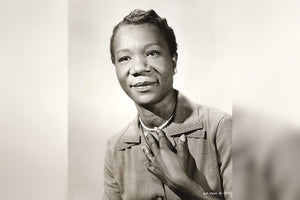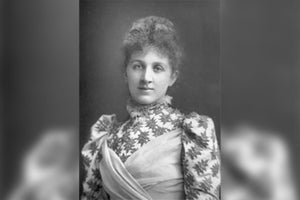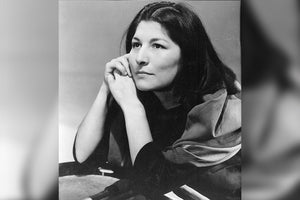Birthday – born around 1412
Who is Joan of Arc?
She is considered to be a great saint and a symbol of French unity and nationalism, due to her role in the Hundred Years War between England and France.
Five Facts about Joan of Arc
- Her name in French was Jeanne d’Arc
- She had a deep reverence for the Catholic church and what it stood for
- She is also referred to as the Maid of Orleans
- During her lifetime, she was hailed as a saint, and then vilified as a witch
- She is memorialized at the Cathedral of Notre Dame in Paris
Joan of Arc Biography
Early Life
She was born in the village of DomRemy, in Northeastern France, and her father was a tenant farmer. Her mother, Isabelle Romée was a very pious woman, and she instilled these values in Joan early on. Though she was very young, she
believed she was guided by the voices of Saint Michael, Saint Catherine of
Alexandria and Saint Margaret of Antioch.
Turning Point
During the time she was growing up, there was a bitter war between England and France. It was known as the Hundred Years War, and caused great strife for the common people. England and its allies occupied Northern France and the village which she lived in, causing immense upheaval in her life and that of her neighbours.
Mission and Work
By the age of 13, she claimed to hear the voice of God instructing her to work towards expelling the foreigners and returning France to its rightful rules, Charles. She was convinced that her life’s work was to restore France to its former glory. She also believed that she had direct communication with saints.
She had great mental and physical robustness and this came into use when she ran up against the establishment of the patriarchal milieu. She took a vow of chastity and decided to devote her life to her country, and God. At 16, her father arranged for her marriage but she managed to convince the court that she had a right to refuse.
In May 1492, she was on her way to Vaucouleurs, which was loyal to the Dauphin Charles of France. She claimed to be the Virgin who was reborn to free France from the yoke of the English. It was already five years since Charles VI was dead, and the Dauphin was uncrowned. She met with Robert de Baudricourt, the captain of the garrison at Vaucouleurs, and tried to convince him that she be allowed to meet with the Dauphin. She had a small band of followers, but the captain did not allow her. She returned the following year, and when granted permission, she crossed enemy territory dressed as a man.
After convincing the Dauphin and his establishment of her intention to wage
war on behalf of France, she promised to have him crowned at Reims. She was
successful in vanquishing the English army with her generals, and Charles was
crowned King of France in July 1429. However, things did not go smoothly for
her after this, and she fell into disfavor for her role in the matter.
Trials and tribulations
From uniting and leading the French army and getting the Dauphin crowned,
this peasant girl got caught up in the machinations of ugly politics. She was
accused of heresy and dressing like a man, and the Dauphin made no attempt
to clear her name. She was tried and sentenced for being a witch, and at the
age of 19, was burned at the stake.
Legacy
She was eulogized after her death, becoming famous in art and literature for being a symbol of French nationalism, as well as a voice for true communion with God.
![]() Fast Shipping
Fast Shipping![]() Subscribe to our Newsletter
Subscribe to our Newsletter![]() 🌟 New Global Competition 🌟
🌟 New Global Competition 🌟















